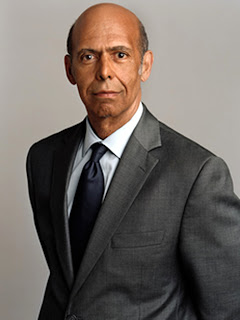African-American quilts at MOA show traditions, improvisations On display through Nov. 17
Quilting has been part of American culture for centuries. And although quilts were originally produced to provide warmth and protection, they have become regular features in art museums in the past several decades.
A new exhibition at the BYU Museum of Art will feature 31 hand-made quilts created by African-American women of the Alabama region from 1945 to the present. “From Heart To Hand: African-American Quilts from the Montgomery Museum of Fine Arts’ Permanent Collection” will explore the traditional patterns of African-American quilts and examine the improvisations distinct to regional quilt-makers. The exhibition will also feature many examples from the oeuvre of contemporary Alabama quilter: Yvonne Wells.
“From Heart To Hand” will be on view in the Warren & Alice Jones and Paul & Betty Boshard galleries on the lower level of the museum through Thursday, Nov. 17. Admission to this exhibition is free of charge. Free docent-led tours of this exhibition can be scheduled with at least one week’s notice by calling the Museum Education Department at (801) 422-1140.
“This is an exciting collection of hand-made quilts that range from vigorous versions of traditional patterns to unique story quilts with powerful messages,” said Museum of Art Curator Paul Anderson. “Many of these quilts are visually interesting because the women who made them improvised with cast-off fabrics from old work clothes or scraps from other quilts, creating unique variations of traditional patterns.”
Colors may become more significant to one culture or region than another, and therefore become more predominant. Elements of the quilt square may be rearranged, while maintaining the same generalized pattern, and might take on new meaning with the variation.
Wells’ work is emblematic of the type of advances that quilters can make outside of the discipline of following traditional patterns. Although Wells’ mother had quilted, she had never taught her daughter the craft; as a result, Yvonne Wells’ early career quilts display a patient respect. Each one was pieced and hand-sewn according to the traditional pattern. Later in her career, Wells created quilts that took on a more narrative approach, dispensing with most of the pieced quilt restrictions.
Many of Wells’ techniques mimic those used by painters. Her compositions often exist in her head until they are cut out and laid on top of the fabric square that is destined to become the quilt top. From there, she adds fabric accents, findings, beads and other brick-a-brack to the quilts. When they are finished, the quilts become as much relief paintings as are they are quilts, because they are not intended to be placed on a bed, but hung on a wall and read like a narrative painting.
Media Contact: Cecelia Fielding 801-422-4377 Writers Christopher Wilson More information about this exhibition will be available on the Museum of Art web site: moa.byu.edu.























